The rowan domestic (Sorbus domestica) is a fruit tree typical of the Mediterranean tradition. Produces the rowanberries (or sorbole), an ancient fruit, unfortunately almost forgotten, already known at the time of the Romans who used it in different ways, still in use today. The rowan is a particularly rustic tree species, able to adapt well even to the most difficult soil and climatic conditions. It is famous for its great longevity, a tree of this species, in fact, is able to live over 400 years. Precisely for these characteristics, it is worth considering the cultivation of rowan in a mixed family orchard, so as to have a plant with excellent fruiting, easy to manage and appreciable even at an ornamental level.
In this article we therefore discover the characteristics of the rowan and the techniques of organic cultivation in the orchard.
Identification of the rowan (Sorbus domestica)
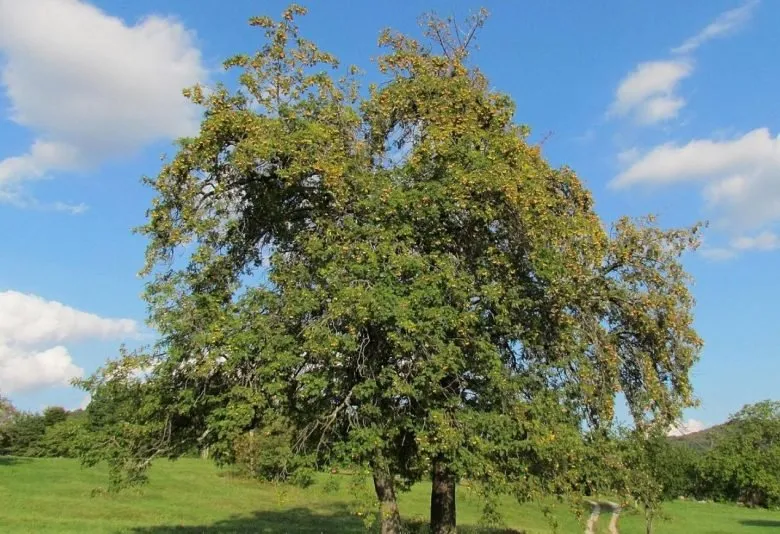
The Sorbus domestica species belongs to the botanical family of Rosaceaethe same to which the most common classic fruit trees belong, such as: Apple tree, However, quince, Cherry tree, peach, plum, almond tree, apricot, etc. The rowan should not be confused with the rowan (Sorbus aucuparia), especially with smaller fruits and much loved by birds.
The habitat of the rowan
The rowan is found in a wild state in all Italian regions, even if it is increasingly rare and sporadic. Its ideal habitat is among the downy oak woods, from sea level up to 800 m of altitude.
Variety of sorbole
The varieties of rowan to be grown in the orchard and which can be found for sale in nurseries are basically two: Maliformis, with globular fruits very similar to apples; And Pyriformiswith fruits very similar to small pears
The rowan tree
The rowan is a deciduous tree with an imposing appearance. Develop a trunk powerful and erect, 15-20 m tall when it grows in poor and dry soils, but which can reach up to 30 m in rich and fresh soils. The diameter of the trunk reaches up to 1 m. The tree is famous for its hard, compact and strong wood. The wood is differentiated, with reddish sapwood and reddish-brown heartwood, with veins, fine texture and straight grain, therefore ideal for small carpentry and lathe jobs. There bark it is ocher-brown in young trees, dark brown in adult ones. When ripe, it is incised, opaque and wrinkled, with evident scales.
There foliage it is rather branched, with a natural globular posture. The more tender twigs are grayish, covered with hair that is lost with growth and swelling. THE branches they carry pointed, greenish, hairless and viscous buds.
Leaves
The rowan leaves are composed, imparipinnate, formed by 13-15 sessile leaflets. They are rounded at the base, with a serrated edge all around and have an acute apex. The color is dark green, with the upper side glaucescent and the lower one pubescent. The structure of the leaves is an important character in distinguishing the tree from the rowan of the fowlers.
Flowers
The rowan is a tree that blooms in late spring, between April and May. This defends the flowering from any returns of frost. The flowers are numerous, gathered in dome-shaped branchy corymbs which are carried by glabrescent peduncles.
Fruits
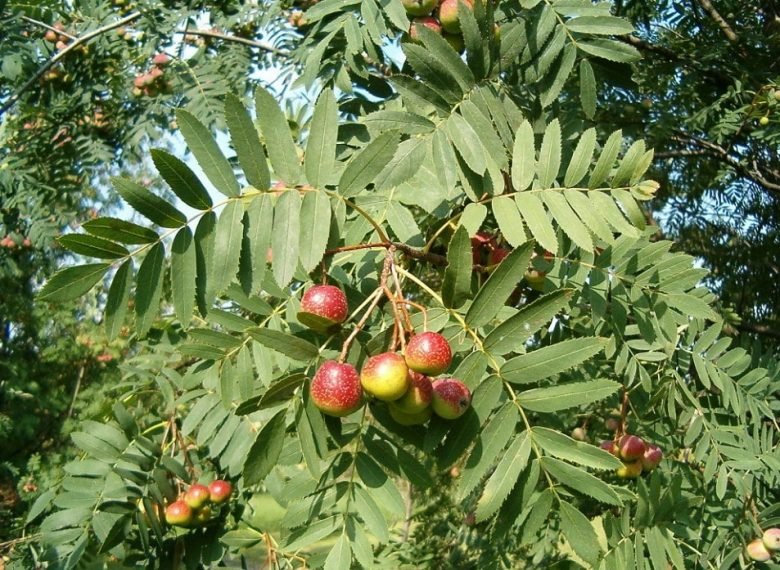
The fruiting of the rowan is abundant and a harbinger of good omens. For this reason, in ancient times, a rowan was never missing in a peasant farm. The fruits are apples, which, as mentioned, can be sub-globose, like an apple, or pear-shaped. Rowanberries grow together in groups on the same peduncle and never reach large sizes, 2-4 cm in diameter. The color varies with maturation, passing from reddish yellow to brown. The pulp is greenish, with a membranous endocarp and large dark seeds. Ripening takes place in full autumn, but the fruits are too harsh and lappy when harvested. In fact, the Latin scientific name sorbus derives from the Celtic word sor, which means sour. To make them edible, ammezzimento is therefore practiced, a post-harvest ripening.
The amalgamation of the sorbole
An old peasant adage from the Sicilian countryside says: “Cu lu tempo e cu la pagghia, maturanu li sorba”, or “with time and straw the rowanberries ripen”, a saying that was then handed down in common language to mean that certain decisions take time to mature.
To halve the rowanberries after harvesting, place the fruits in cold and dry rooms with layers of straw, waiting a few weeks for them to soften. After amalgamation, the sorboles become sweet and fragrant, with a floury and soft pulp. In practice, thanks to the cold and the straw, the tannins (sour and bitter) are transformed into sugars. The appearance, however, can also be unpleasant, with the skin totally browned. Perhaps this is one of the reasons why sorboles do not have much commercial value and are elegant among the ancient minor fruits.
The cultivation of the rowan
Growing the rowan is easy, as this species is hardy and easily adaptable. It does not suffer from the cold in winter, being able to withstand even -30 ° C, and not even late spring frosts, thanks to the late flowering. The best exposure is the sunny one.
Ideal terrain
As for the soil, the wild service tree grows well in calcareous soils, so it can also be cultivated in clayey and compact soils, as long as there is no water stagnation. In medium-textured soils has an even better outcome, as long as the pH remains neutral or sub-alkaline.
Multiplication
The rowan can multiply starting from the seed. The problem is that it has very slow growth times and therefore many years pass to harvest the first fruits. For this reason it is better to buy already grafted plants in the nursery, using the seed root or the quince as rootstock.
Planting and planting
The best times for the planting of a rowan in the orchard are autumn and spring. When planting a tree of rowan it is advisable to carry out a good basic fertilization of the soil with mature manure or, alternatively, of home compost. Sorbus domestica is a self-fertile species, so it can be planted in the orchard in single specimens.
The sixth must be very large, as the plant grows both in width and height, albeit slowly. It should therefore have a free space around itself of at least 7 m in diameter.
Irrigation
Once freed, the rowan tree does not need irrigation. In the first 3-4 years after the transplant it is good to carry out emergency irrigation in periods of long drought.
Pruning
The natural bearing of the rowan makes it an appreciable tree from an aesthetic point of view. For this reason the pruning interventions they will be quite limited, letting the tree develop freely. To keep it healthy, branches damaged by bad weather must be cut. At the limit, it is possible to prune the innermost branches of the crown, which have a stunted development as they are poorly lit.
Parasites of the rowan
Being a sparsely cultivated species, the rowan does not have large specific pests. Young seedlings can suffer fromattack of aphids apples, which are eliminated with water wetting e soft potassium soap. In the crops on the edge of the woods, the rowan can be attacked by ifantria, a very common defoliator moth in the northern regions. Against larval forms it is recommended to spray the crown with bacillus thruingiensis var. kurstaki. The wood is very hard, so attacks of red woodpecker And yellow wood. For the fruits, pay attention to the presence of carpocapsawhich is the main pest of apples and pears.
Properties and uses of sorbole, between tradition and modernity
Ripe sorbola are fruits that are valued for theirs beneficial properties. The fleshy pulp is rich in pectic and tannic substances, organic acids (especially sorbic, malic, citric and tartaric acids) and sorbitol (sugar suitable for diabetics).
It is an ideal fruit for preparing jams, even mixed ones, as it is rich in pectin, therefore it can be used as a thickener. Contains plant phenols, ideal for protecting against cardiovascular disease and cancer. They are also very astringent, and in ancient times they were used against dysentery. In medieval times, rowan berries were associated with an important nutritional value and the pulp, mixed with flour, flavored dishes or was mixed with wheat in times of famine. The richness of malic acid facilitates digestive processes, fights gastric acidity, relieves abdominal bloating and helps liver function. Finally, it abounds in vitamin C, which is useful for many processes in the body.
With the sorbole an excellent traditional liqueur is prepared: the sorbolino.

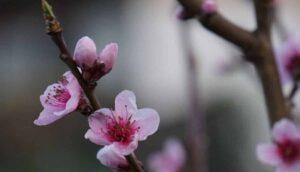
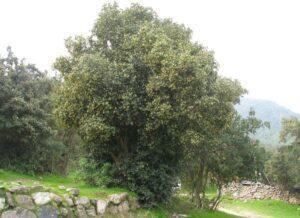
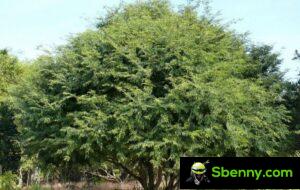
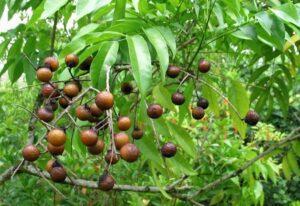
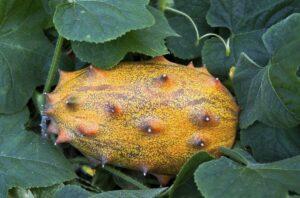
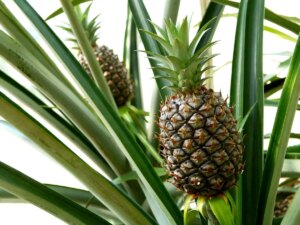
Start a new Thread